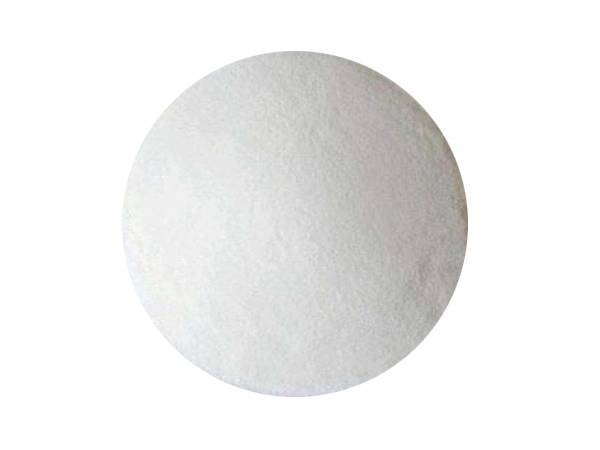



Chemicals Used in Reverse Osmosis Water Treatment Systems
Understanding Chemicals Used in RO Water Plants
Reverse Osmosis (RO) technology has become a fundamental method for water purification, especially in regions where freshwater resources are scarce or contaminated. The process involves the separation of water from impurities by forcing it through a semi-permeable membrane. While the technology is highly effective, the operation of RO water plants relies on various chemicals that play pivotal roles in ensuring optimal performance and water quality. This article explores these essential chemicals and their functions in the RO water treatment process.
1. Antiscalants
One of the primary challenges faced in RO systems is the formation of scale on the membrane surface. Scale is formed by the precipitation of dissolved salts, which can significantly reduce the system's efficiency. Antiscalants are chemical agents designed to prevent this scaling. They work by altering the crystal growth of the salts, keeping them soluble and preventing them from depositing on the membrane. Common antiscalants include polyacrylic acid and phosphonates, which are effective against calcium carbonate, barium sulfate, and silica scales.
Over time, membranes can accumulate organic materials, bacteria, and other foulants, which necessitates regular cleaning to maintain performance. Cleaning chemicals are tailored to break down these foulants effectively. Acidic cleaning agents, such as citric acid or phosphoric acid, are utilized to remove inorganic scales, while alkaline cleaners, often based on sodium hydroxide, are used to eliminate organic deposits. Regular cleaning with proper chemical protocols can extend the lifespan of the membranes and improve overall water quality.
3. pH Adjusters
The pH of feed water plays a crucial role in the performance of RO membranes. Certain membranes function optimally within a specific pH range. If the feed water is too acidic or too alkaline, it can lead to membrane damage or decreased permeability. Chemical pH adjusters, like sodium hydroxide (to raise pH) and sulfuric acid (to lower pH), are employed to ensure the feed water remains within the optimal range for the specific type of membrane used.
ro water plant chemicals

4. Coagulants and Flocculants
In many cases, the feed water may contain fine particles and colloids that can cause fouling. Coagulants and flocculants are chemicals used to aggregate these particles into larger clusters that can be removed more effectively. Common coagulants include aluminum sulfate and ferric chloride, while flocculants often consist of polyacrylamide. By improving the pre-treatment process, these chemicals help reduce the load on the RO membranes, enhancing their longevity and efficiency.
5. Biocides
To prevent biological fouling caused by bacteria and algae, biocides are used in RO systems. These chemicals help maintain water quality by controlling microbial growth. Commonly used biocides include chlorine, ozone, and various quaternary ammonium compounds. However, care must be taken to ensure that the chosen biocide does not adversely affect the RO membranes; thus, chlorine is often avoided because of its potential to cause oxidation damage.
6. Disinfection Agents
In addition to biocides, disinfection agents are crucial at various stages of the water treatment process to ensure that the final product is free from pathogens. Ultraviolet (UV) light and advanced oxidation processes (AOPs) are increasingly popular for disinfection, providing effective microbial control without introducing harmful chemicals into the water.
Conclusion
The efficient operation of RO water plants relies on a carefully balanced use of chemicals to prevent scaling, fouling, and biological contamination. Understanding the roles of antiscalants, cleaning agents, pH adjusters, coagulants, biocides, and disinfection agents is essential for water treatment professionals seeking to optimize the performance of their systems. By effectively managing these chemicals, the longevity of RO membranes can be prolonged, and the quality of purified water can be ensured, thereby contributing to sustainable water management practices.
-
Why Sodium Persulfate Is Everywhere NowNewsJul.07,2025
-
Why Polyacrylamide Is in High DemandNewsJul.07,2025
-
Understanding Paint Chemicals and Their ApplicationsNewsJul.07,2025
-
Smart Use Of Mining ChemicalsNewsJul.07,2025
-
Practical Uses of Potassium MonopersulfateNewsJul.07,2025
-
Agrochemicals In Real FarmingNewsJul.07,2025
-
Sodium Chlorite Hot UsesNewsJul.01,2025










